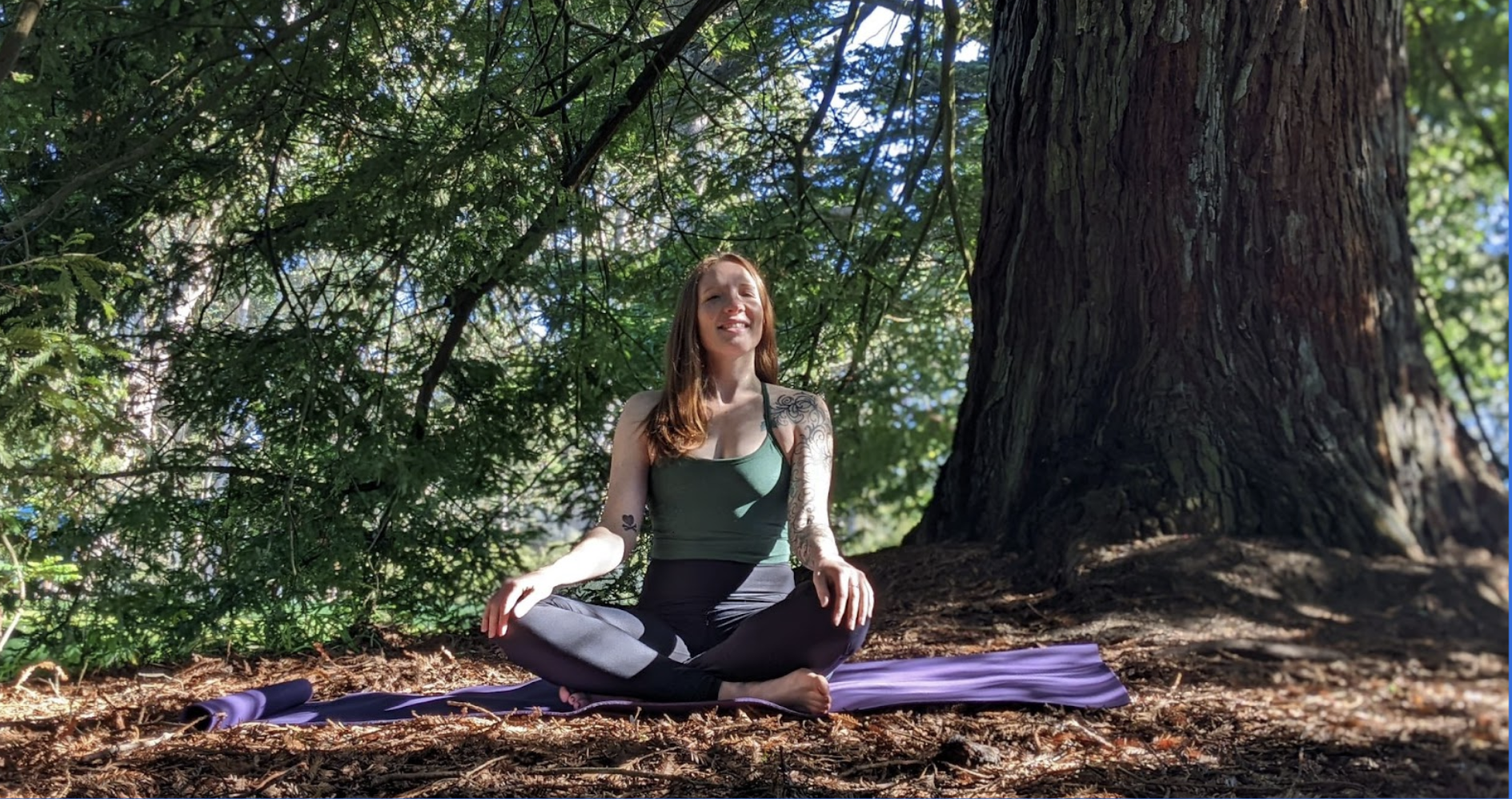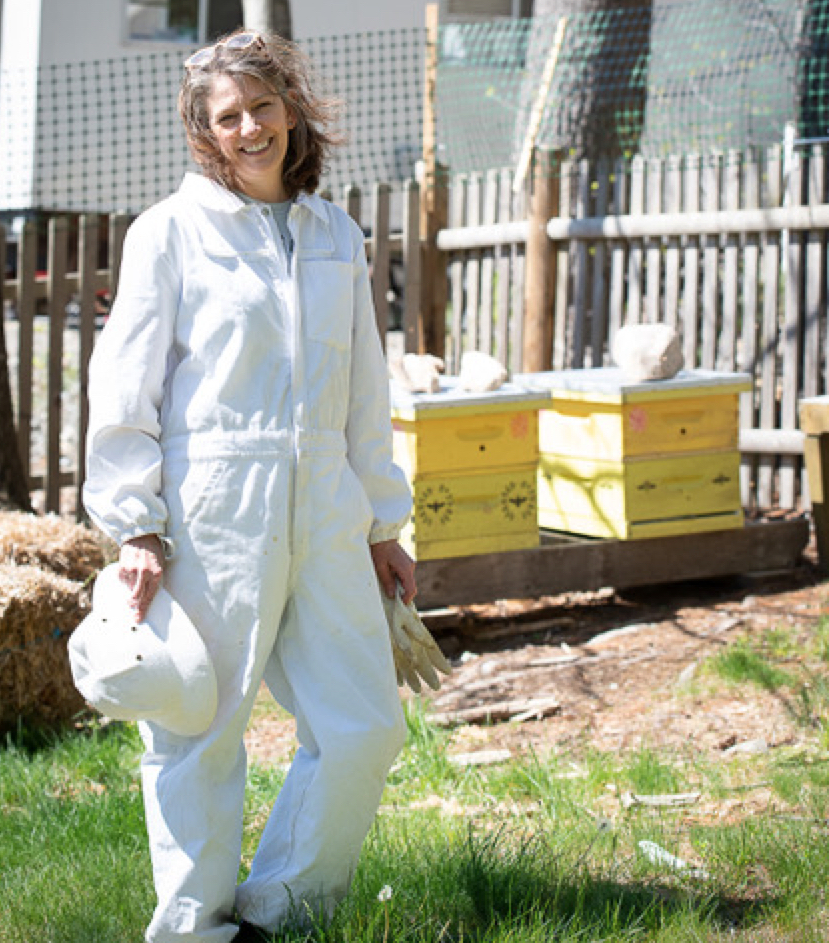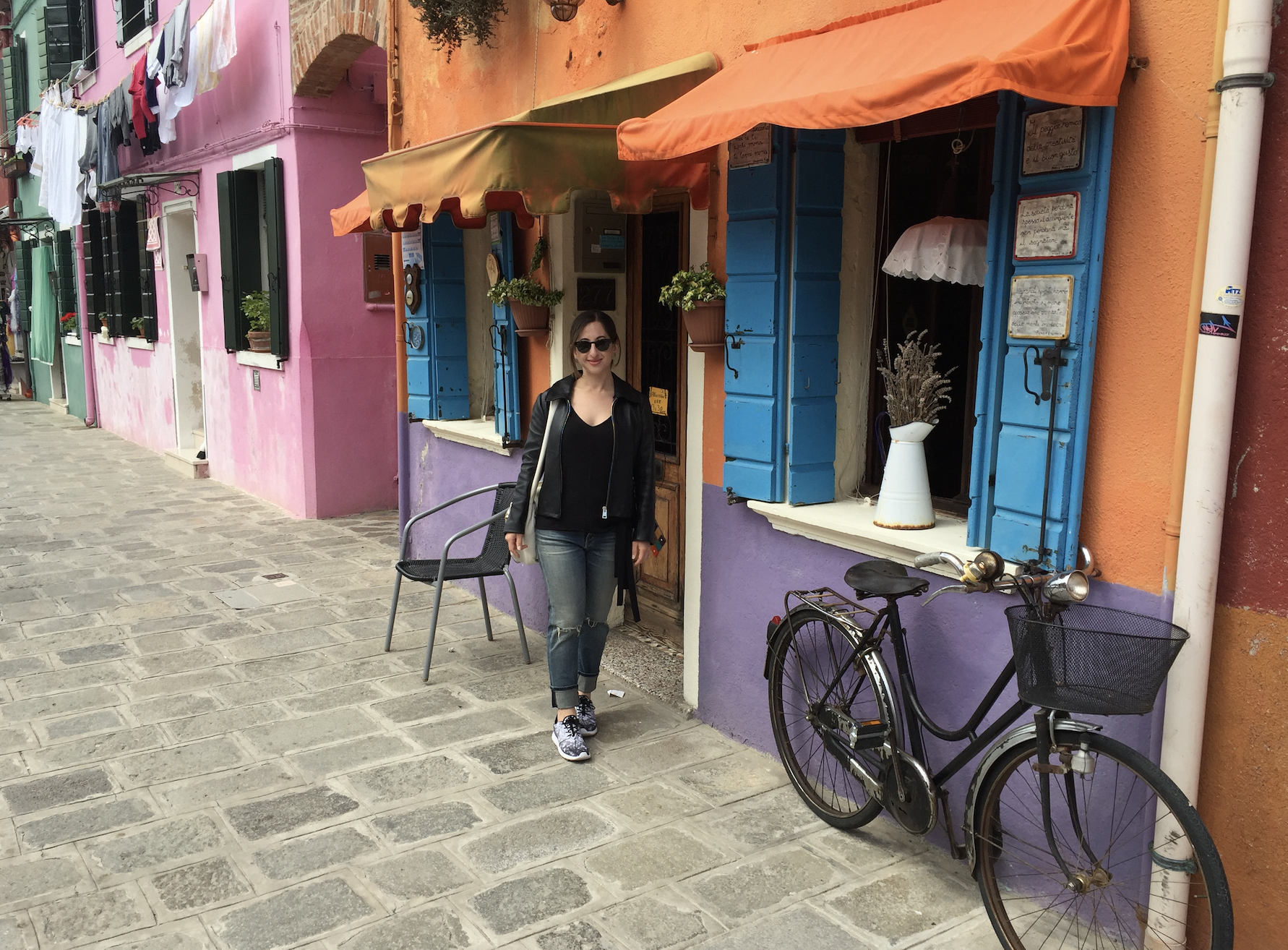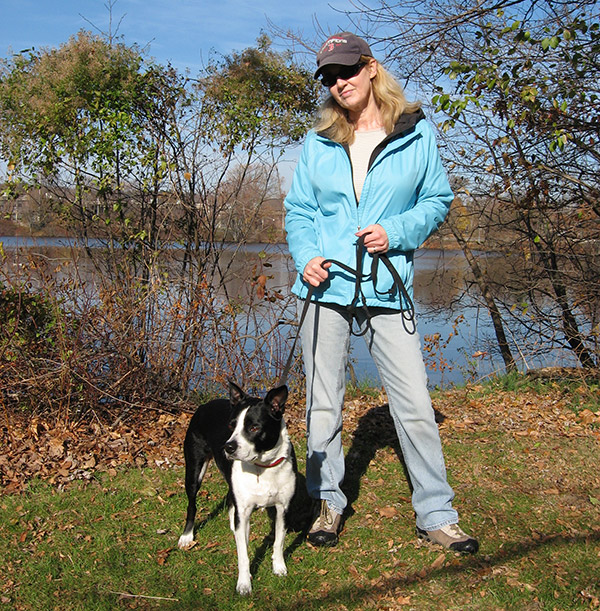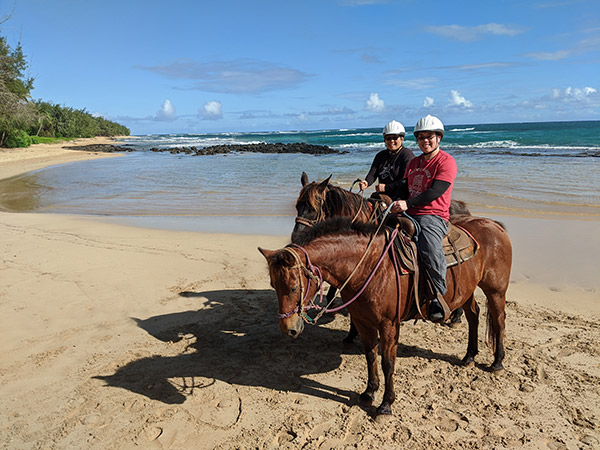Writing Tips for the Food Industry | Food-Related Content
As a food writer who spends a large portion of her time developing, testing and editing recipes, I’ve worked my way through hundreds, maybe even thousands, of recipes, some notably better than others. Sure, a stunning hero shot might be what draws most people in initially (see: Instagram or Pinterest). But unless the copy is well-written and has something compelling to offer, chances are, other similar recipes are just another click away.
Like any piece of instructional material, a recipe should be clearly written, in a properly arranged order, with vivid descriptors. It should be a reliable road map for getting the reader from point A (a bunch of ingredients on the kitchen counter) to point B (a finished dish that closely resembles what is described—and photographed!) with confidence, no matter how complicated the method might be.
That said, a recipe shouldn’t read like directions in a product manual. Because cooking is such a deeply personal, emotional and sensory experience, a great recipe needs a good story behind it. That narrative doesn’t need to take pages to get the point across; it can be as short as a few sentences in the headnote. Whether the recipe is one part of a larger menu in a magazine spread, a piece of marketing collateral to help highlight other products or the main feature of a blogpost, there needs to be a clear reason why someone would want to make it.
Is it a new spin on something tried-and-true, a rediscovered classic or a completely new, off-the-wall creation?
Is there any interesting background information or a funny/charming story regarding the genesis of the recipe?
What’s the goal? To be the end-all-be-all version of XYZ, a healthier alternative to something gluttonous, a home cook-friendly version of a famous restaurant dish or an incredibly easy weeknight meal that even a beginner cook could make?
Words like amazing, delicious, tasty, yummy or delectable don’t help, and should be avoided. Remember that piece of advice from Writing 101? Show, don’t tell.
Style guides vary from publication to publication, but all good recipes should have the same solid structure. Here are the key pieces, in the order of appearance:
Recipe title. Like a great headline, this should capture what the dish is all about—what’s in it, what makes it unique—and entice people to make it.
Servings. How much does the recipe make or how many people does it feed?
Prep/cook times. These are optional, but nice to have.
Headnote. This is a great place to give background information about the recipe, pointers on tackling any tricky parts of the method, suggestions of food/drink pairings and sourcing/substitution information for hard-to-find ingredients.
Ingredient deck. List ingredients in the order they are used in the recipe, with volume and/or weight measurements and relevant descriptors. Sub-recipes can be broken out into a separate ingredient deck, if space isn’t an issue.
Method. These are the step-by-step instructions readers will use to recreate the recipe—so the more detailed you can be, the better. In addition to temperature and time gauges for doneness, provide visual and other sensory cues (smells, sounds, touch), since cooktops and appliances all vary. “Cook until done” just doesn’t cut it.
At the end of the day, a well-written recipe is still just plain good writing, with a little more form and structure thrown in. Reading it should make your stomach growl and give you the urge to cook immediately.
Hungry yet?
This is the fourth post in our six-part series on writing for specific industries by beauty writer and one of our star contributors Sandra Wu. We’ll be posting every week for the next six weeks, so check back often. Have an industry we don’t write about in this series? Let us know on Twitter @sparkingbrands and we’ll write one just for you.























